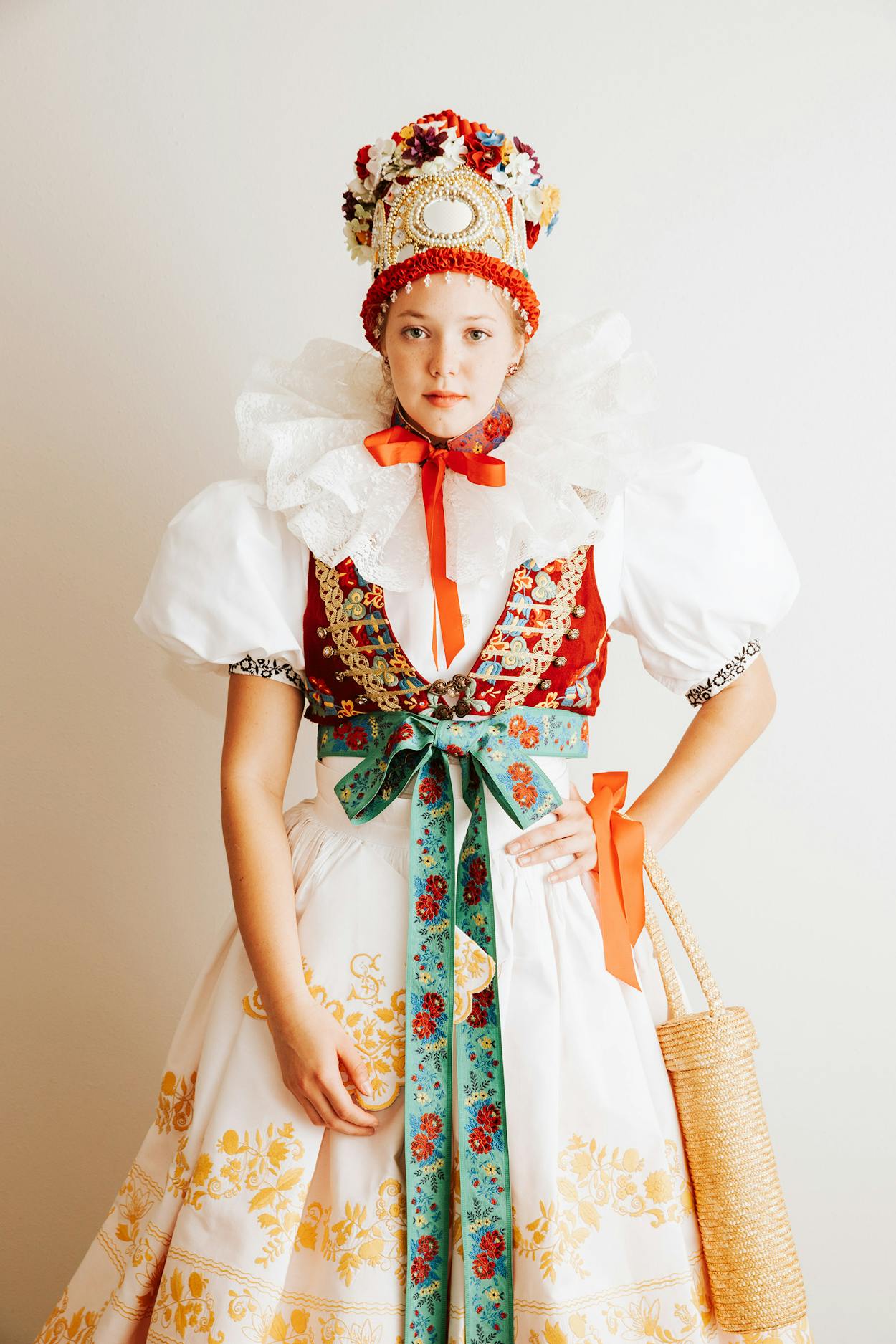Maggie Grmela has been stitching kroj, traditional Czech dresses, for over thirty-five years in her hometown of West, Texas. The dressmaker’s personal adaptation of kroj, which she makes at her shop Maggie’s Fabric Patch, evolved from a need to make costumes that allowed for comfortable dancing in the Lone Star State’s sweltering climate.
Grmela, whose great-grandparents moved to the U.S. from the Moravia region of the Czech Republic forty-five years ago, helped launch WestFest, the town’s yearly Czech celebration. Every Labor Day Weekend, locals and parade-marchers donning kroj (pronounced “croy”) mingle amidst kolaches, polka, and good pivo (that’s Czech for beer).
Despite long hours this week tending to last-minute kroj alterations at her shop, Grmela took a few minutes before WestFest to chat with Texas Monthly about the festival, the finer points of kroj-making, and what each part of the costume symbolizes (Grmela made three of the kroj pictured below).
Texas Monthly: How did you begin making kroj?
Maggie Grmela: Kroj expresses our Czech heritage. We started this with the beginning of WestFest, and at the same time the beginning of our dance group, the Czech Folk Dancers. So, we needed costumes and it’s very hard to get authentic ones. We had to make krojs that were similar, but more care-able fabrics, because so many of the authentics are made out of wools and heavy cottons.
TM: You specialize in making an Americanized version of kroj. What’s different about authentic kroj?
MG: When you see a skirt that has a floral brocade with bobbin lace all around it, that’s from Moravia, a historic region of the Czech Republic. And what makes those costumes difficult is how they’re made. That brocade is called an apron, and then in the back is a hand-pleated, black little skirt. The sleeves are stiffly starched and have a little pleats in them. They have a cardboard form. Usually this type of kroj has roses on it.
TM: Can you tell me about the red head scarves that are part of some costumes?
MG: That red head scarf is actually a huge, red square of fabric that has a bold, wide, floral print around the perimeter of it, and it’s folded certain ways to go with certain costumes. So it’s folded the way she has it on her head for that costume, but another area in the Czech Republic may have it folded different. So it symbolizes the area they are from.
In some areas [people] may wear wreaths of flowers in their hair, and that symbolizes an unmarried girl or young lady. When they go into the scarf or a bonnet type, it is supposed to signify a married lady. But then again in some areas, they’ll all wear a scarf from children on up. So it signifies that area, how and what is worn.
TM: What about the lace collars?
MG: On the Americanized kroj, we do a gathered ruffle around the neck. It’s softer and flatter … those full ones have yards and yards of lace and need to be stiff. And I’m pleating one for an authentic [kroj] right now, and it’s made out of heavy, starched cotton with a real pretty lace on the edge, and there is eight yards of material pleated into that one piece around the neck.
TM: What do you know about the costume that involves a black scarf?
MG: I’m trying to remember the region she is from, but that is an authentic. I believe it’s more Bohemian. I’m pretty sure about that, closer to the German border. In lower Moravia, there’s an area where the costumes are real ornate, like those others we’ve been talking about. And then if you go up into Moravia, it gets mountainous, and the costumes become simpler. Instead of boots, they wear moccasins with heavy wool socks. And in Bohemia, the costumes there are not always very ornate. They’re longer skirts and maybe simpler.
TM: Do your clients learn about their specific Czech ancestry when they ask you to sew them a kroj?
MG: Some people, when they want a costume made, they may do some work to find out where their people are from and want a costume like that. Other people may not specifically know where their ancestors came from, and just choose an area that they really like and make a costume from [there]. But we all learn something about kroj and Czech in the process.
TM: Is it satisfying to see your kroj being worn around the festival?
MG: I like that it’s still bringing us the Czech heritage, keeping it alive for our younger generations.

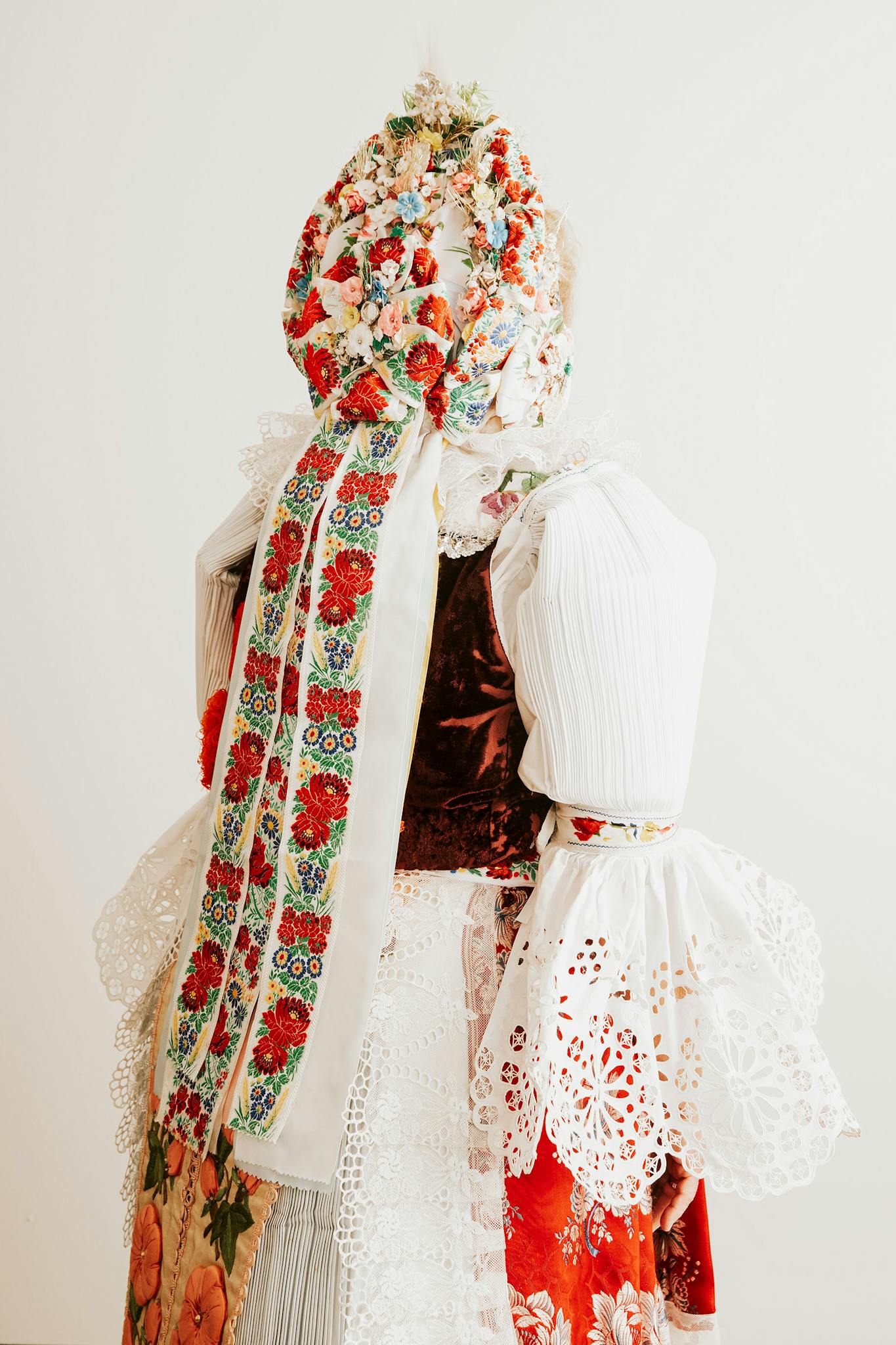


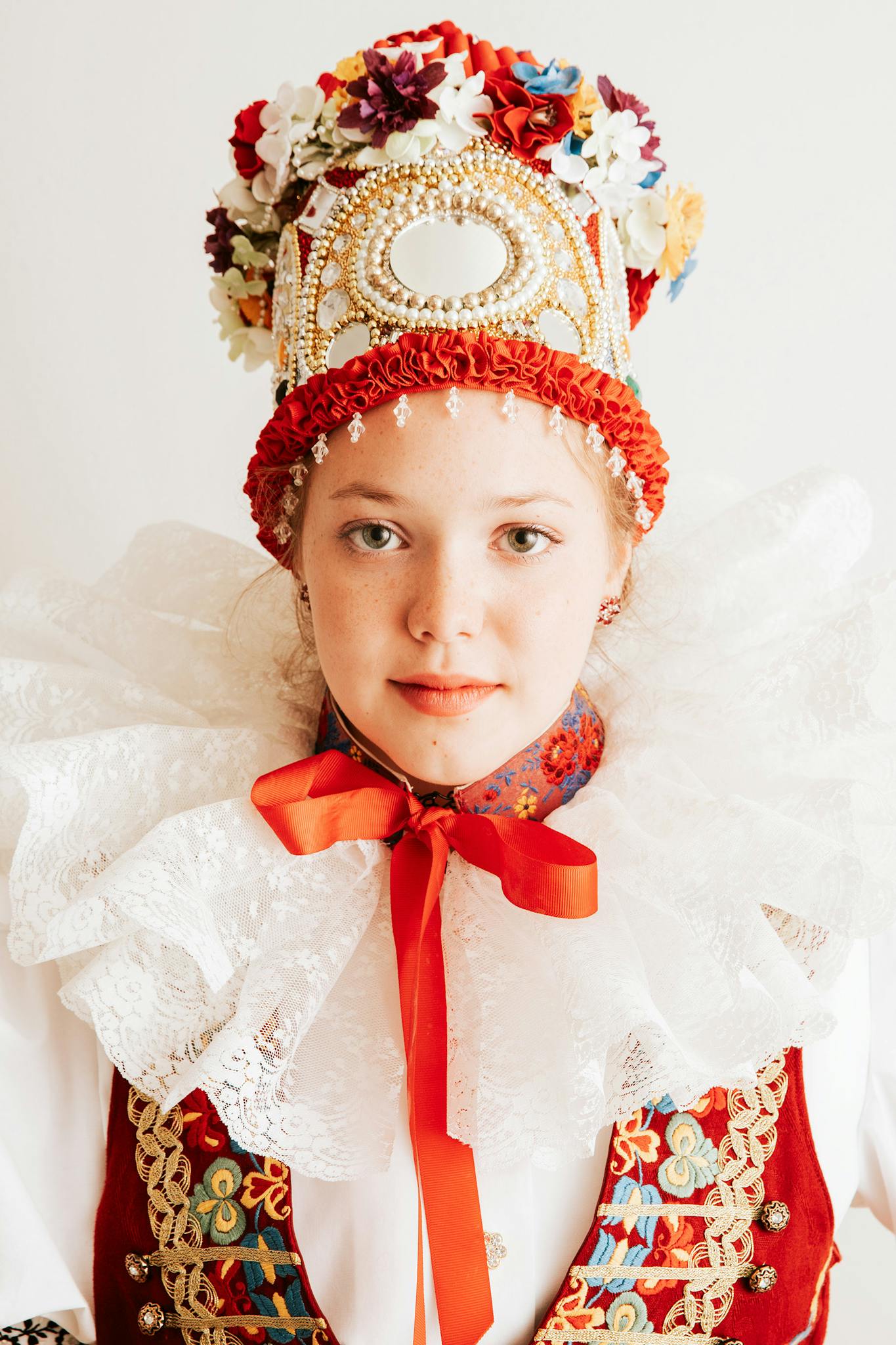
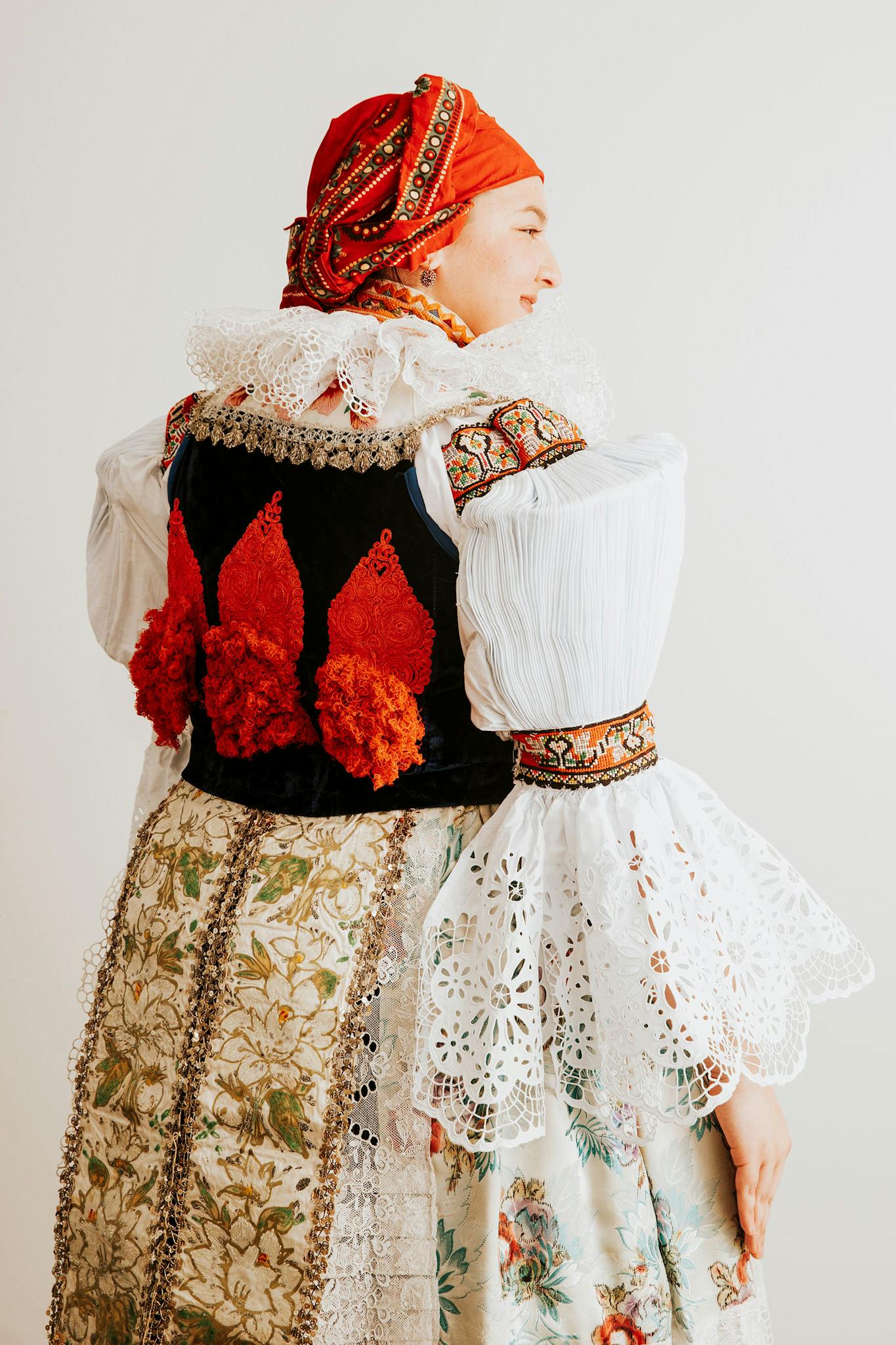
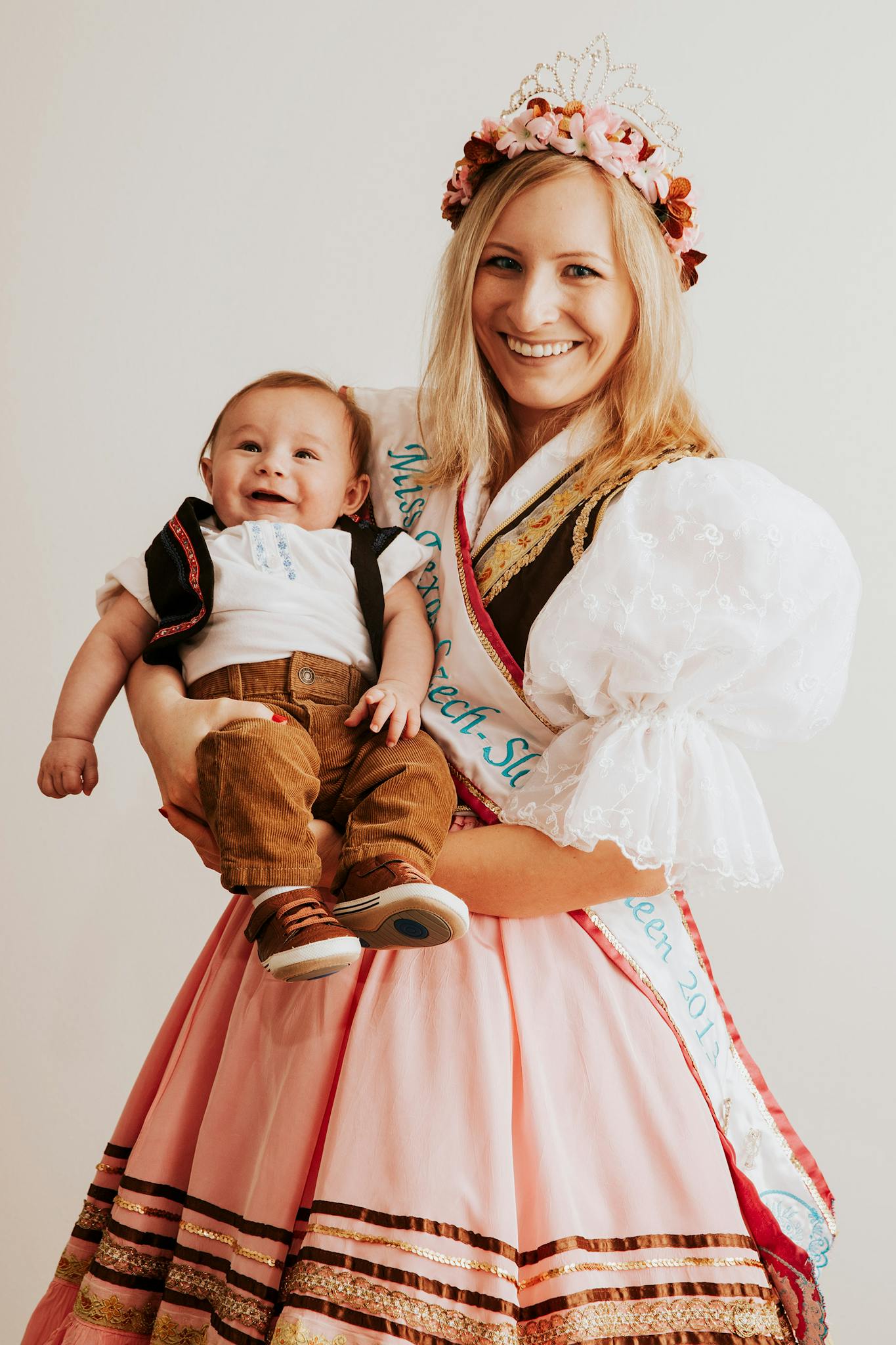
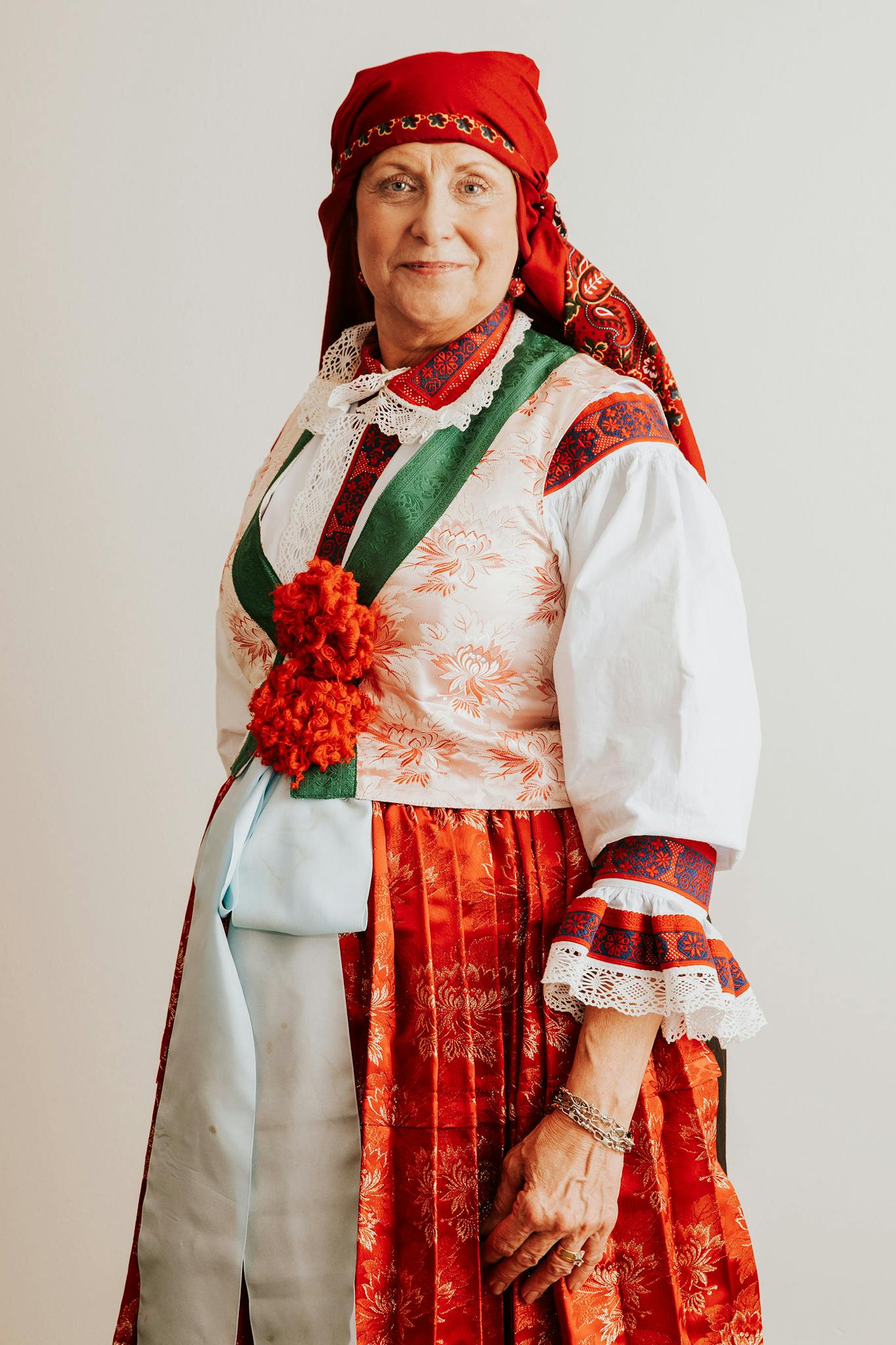
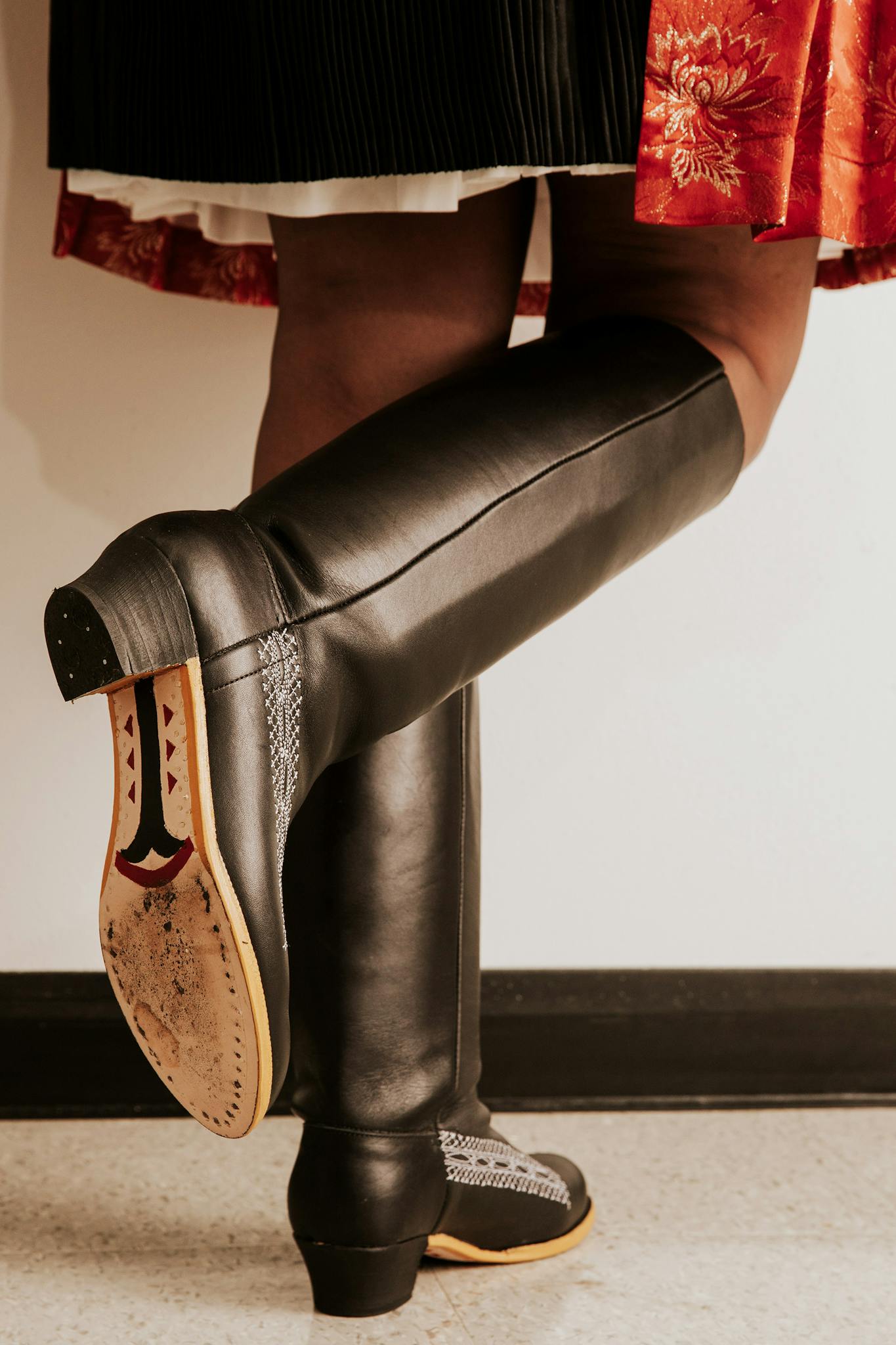
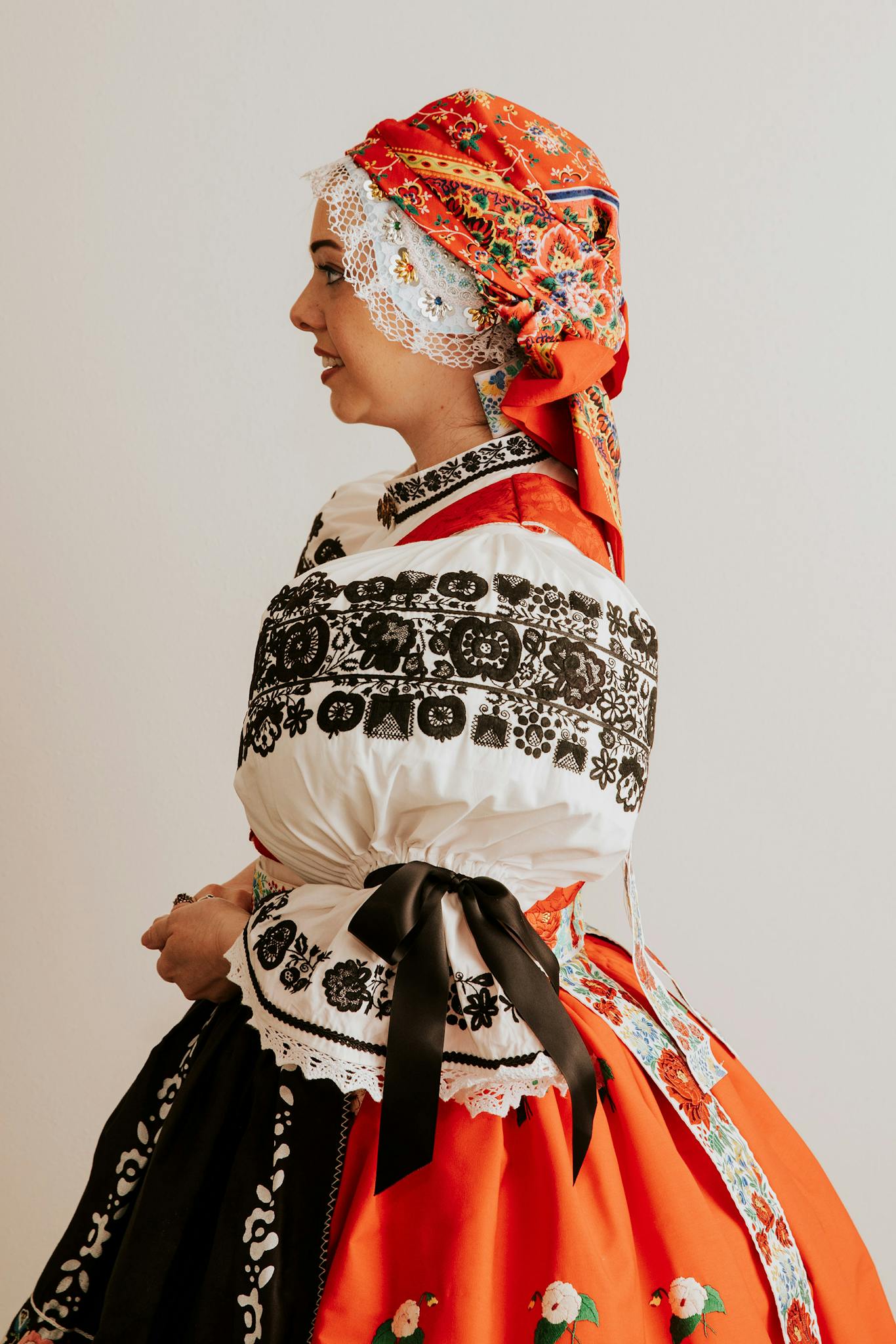
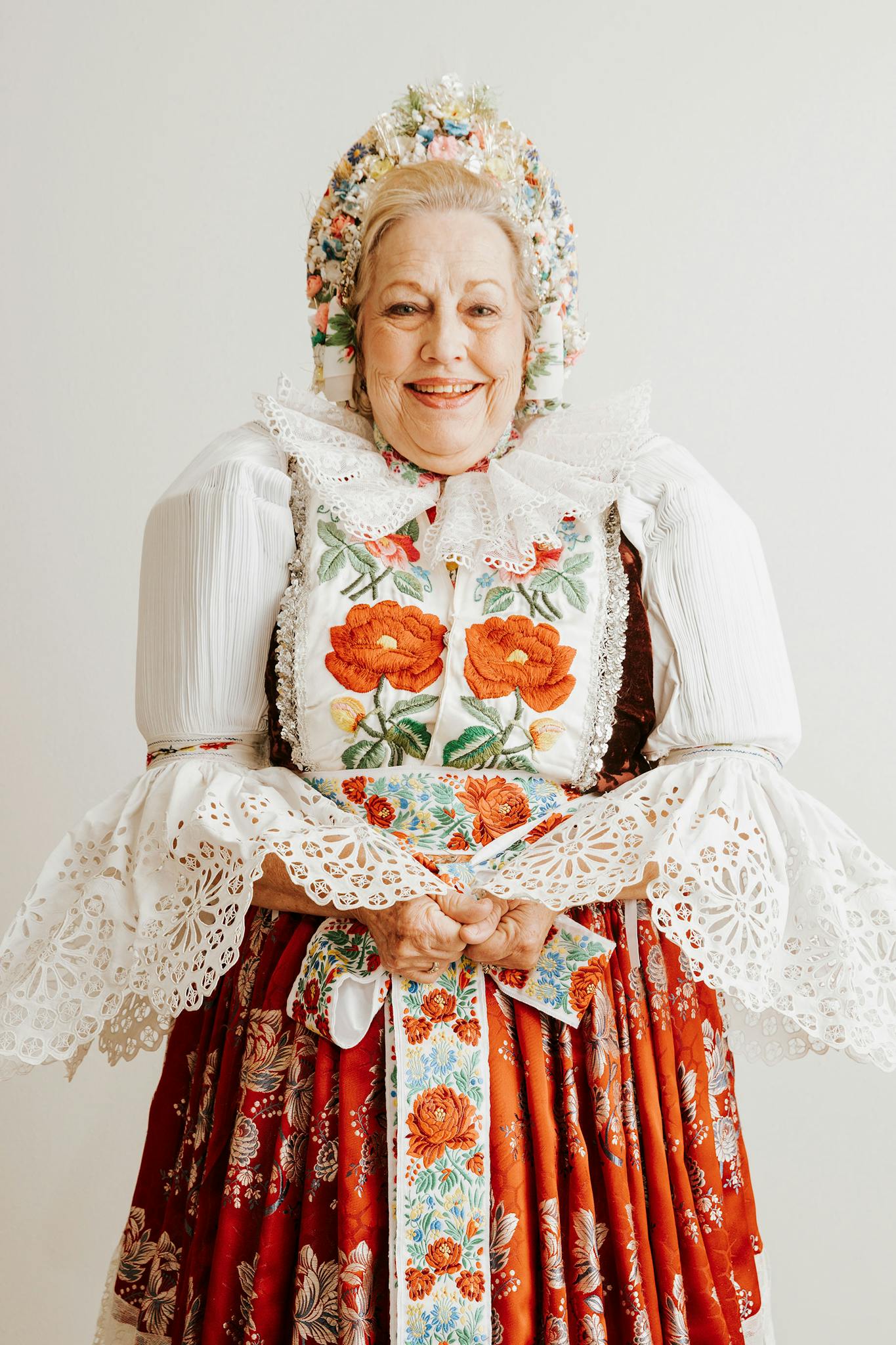
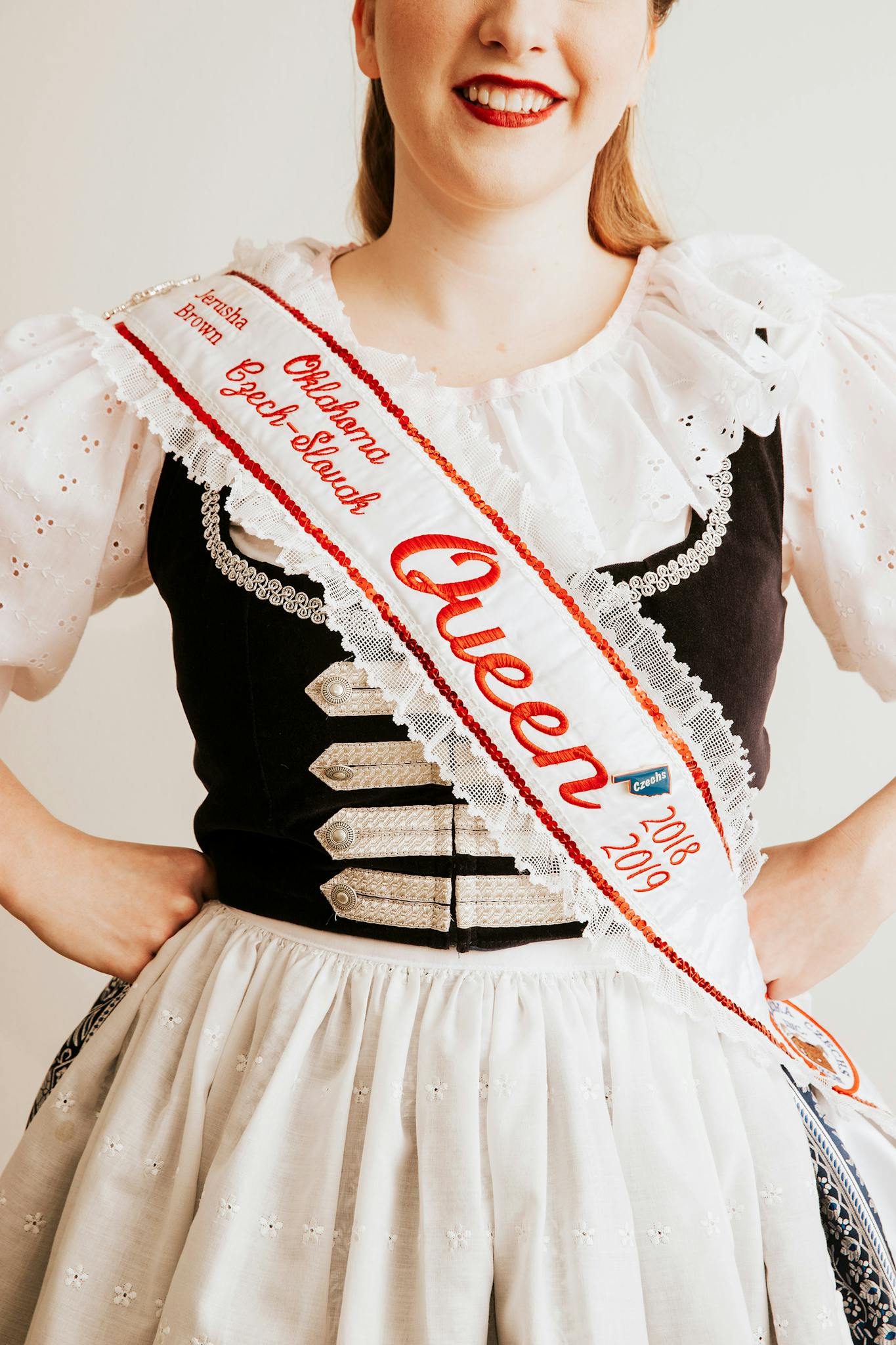

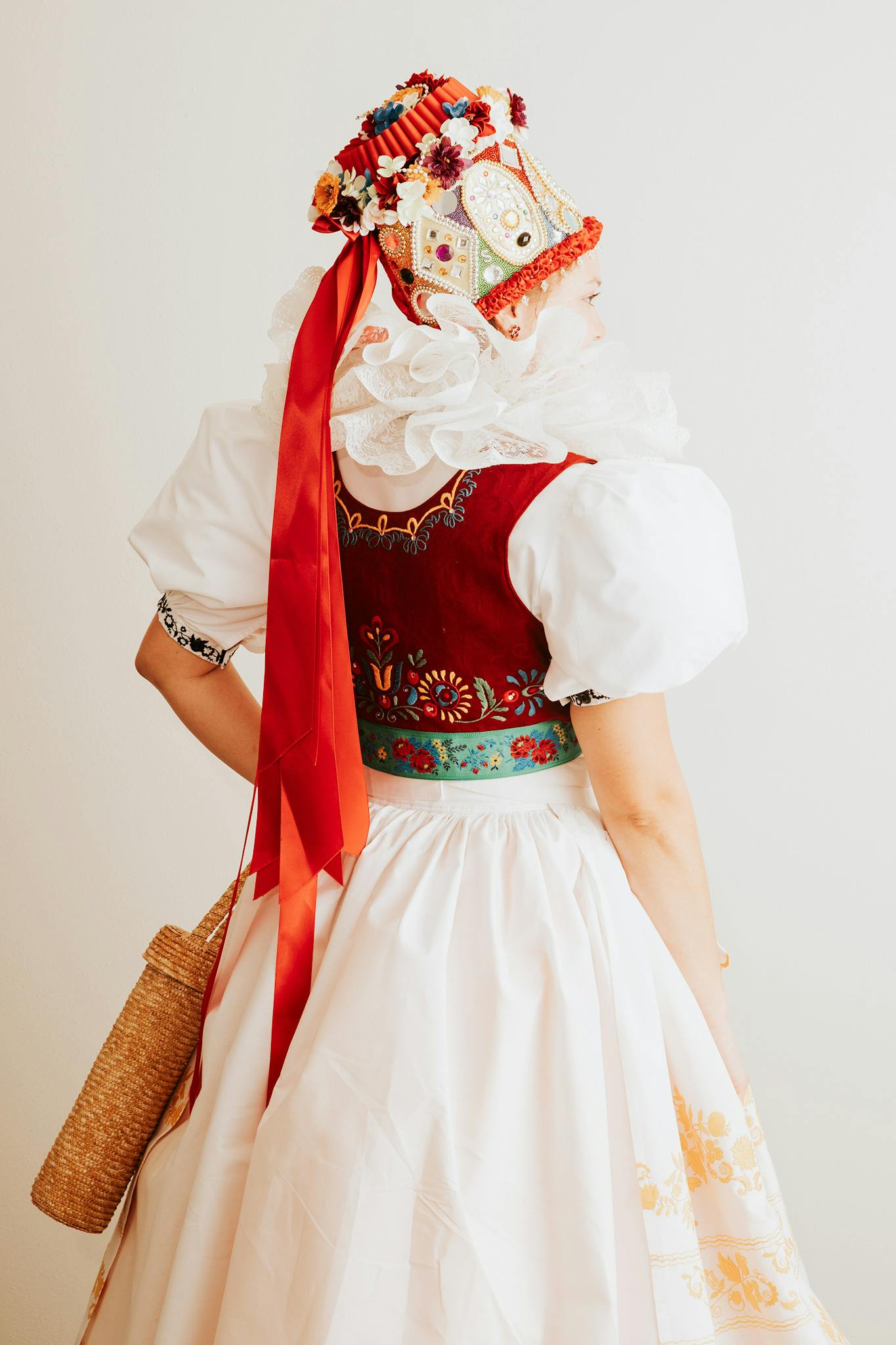
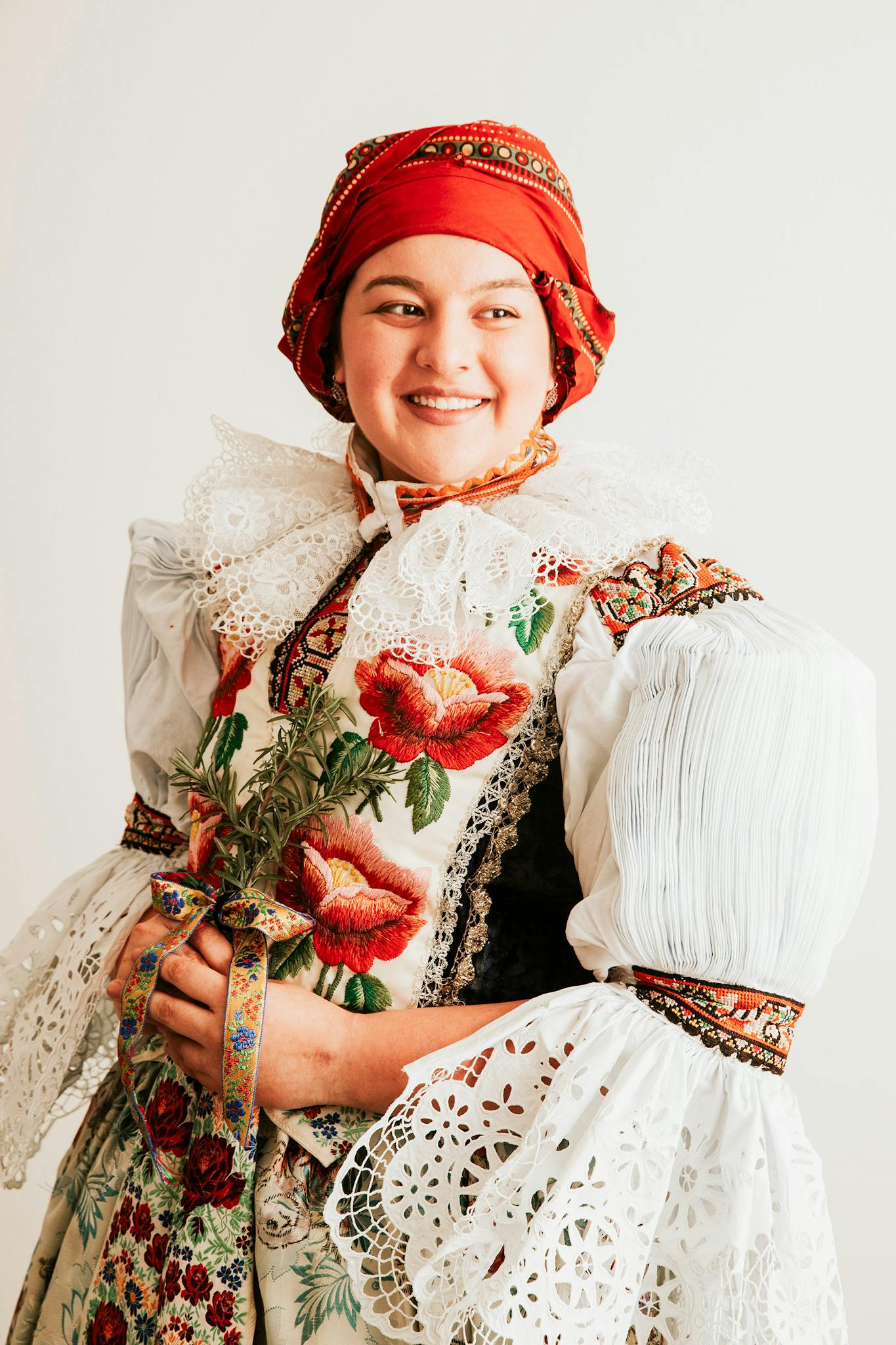
This interview has been edited for clarity and length.
- More About:
- Style & Design
- West
